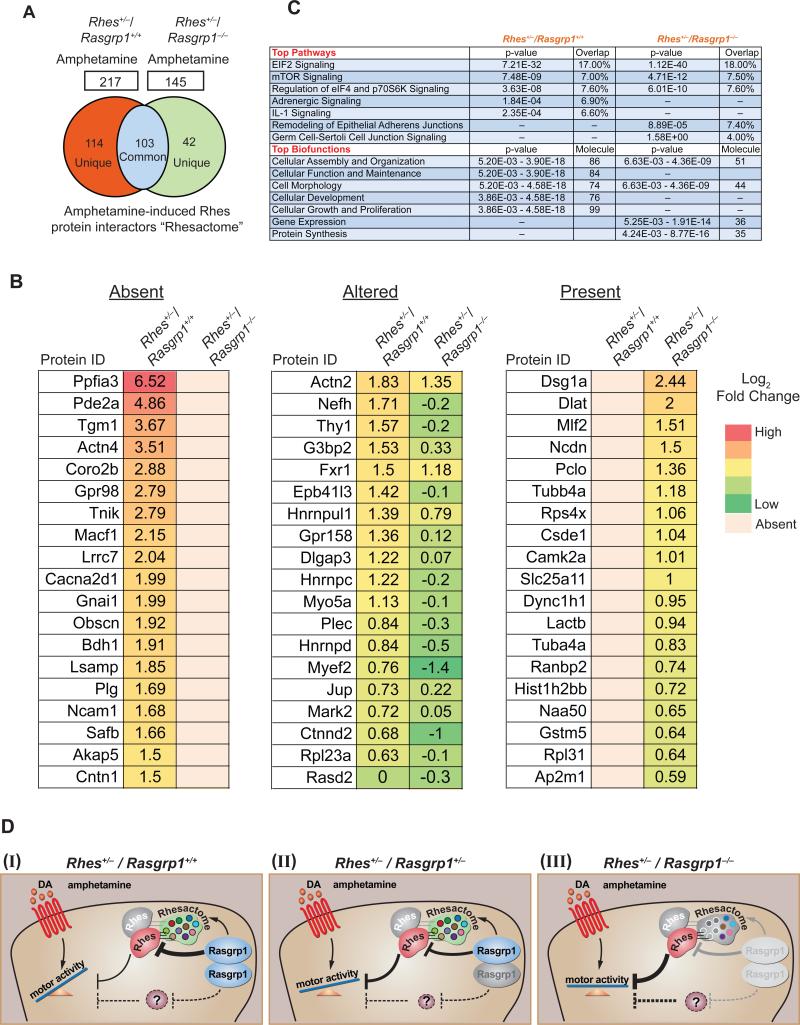Figure 4. RasGRP1 mediates “Rhesactome” formation in the striatum.
(A) Venn diagram of Rhes-interacting proteins “Rhesactome” in Rhes+/−/ Rasgrp1+/+ and Rhes+/−/ Rasgrp1−/− mice striatum in amphetamine (3 mg/kg i.p. at 10 μl/g) condition. (B). Selected striatal interactors of Rhes (log2 fold change in response to amphetamine over saline) absent, altered or present in Rhes+/−/Rasgrp1−/− mice compared to Rhes+/−/Rasgrp1+/+. (C) Ingenuity pathway analysis of the “Rhesactome” in amphetamine-njected Rhes+/−/ Rasgrp1+/+ and Rhes+/−/ Rasgrp1−/− mice. Data are representative of n=2 IP/LC-MS/MS experiments. (D) Working Model, in which RasGRP1 exerts inhibitory control over Rhes through a “Rhesactome” that prevents Rhes from inhibiting amphetamine-induced motor behavior (I). Genetic depletion of one copy or both copies of Rasgrp1 reduces its inhibitory control over Rhes, thus enhancing Rhes-mediated inhibition of amphetamine-induced motor behavior (II), and complete genetic depletion of Rasgrp1 forms defective “Rhesactome” enabling the highly inhibitory activity of Rhes towards amphetamine-induced motor behavior (III).

